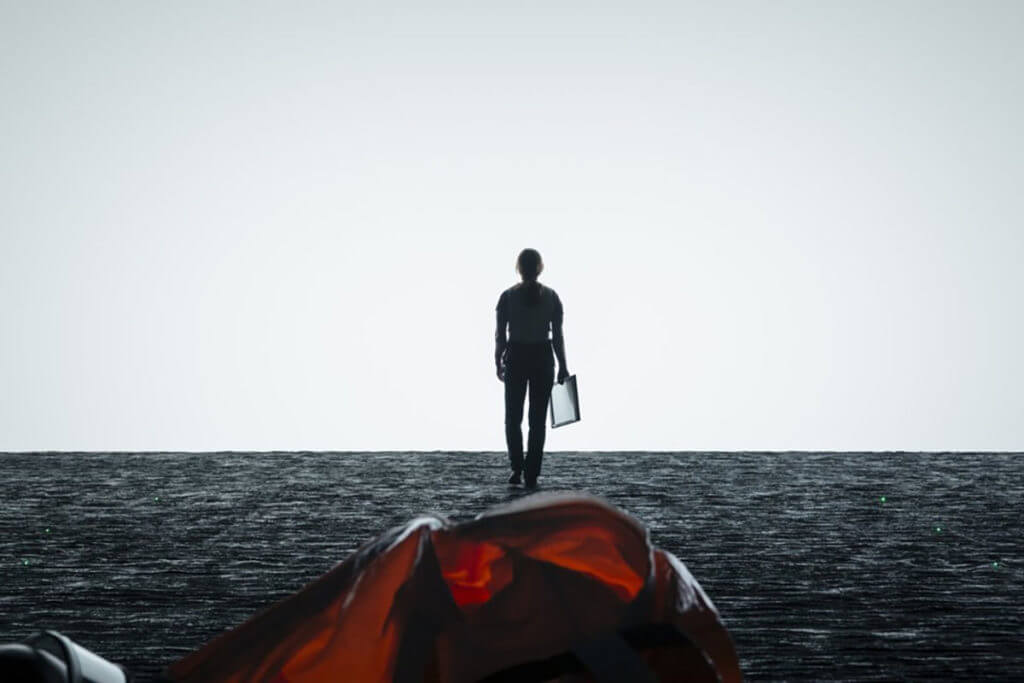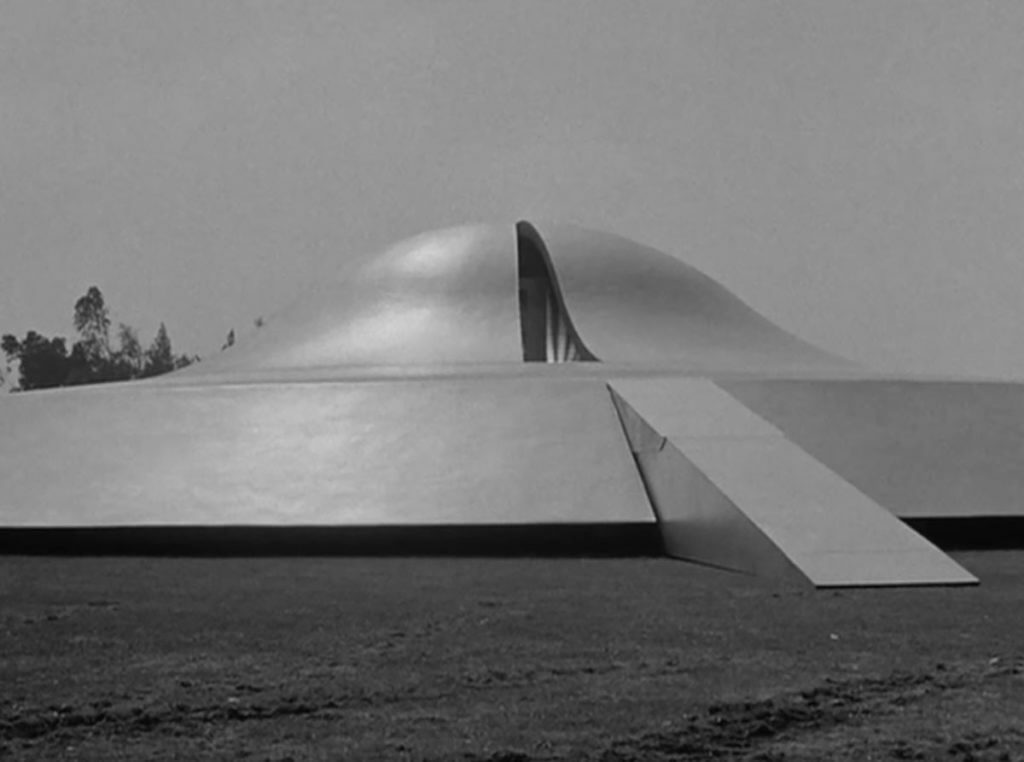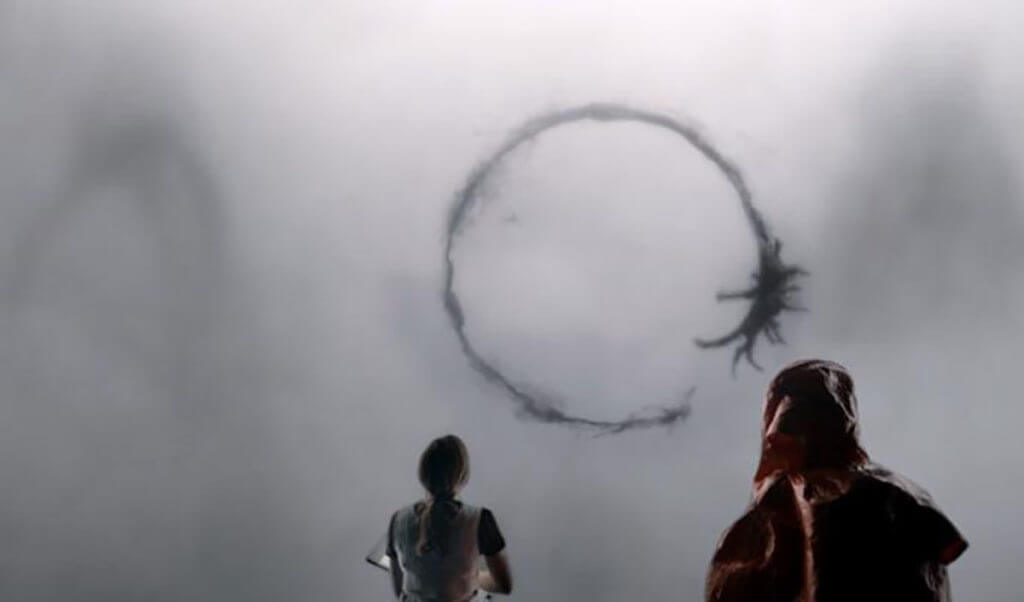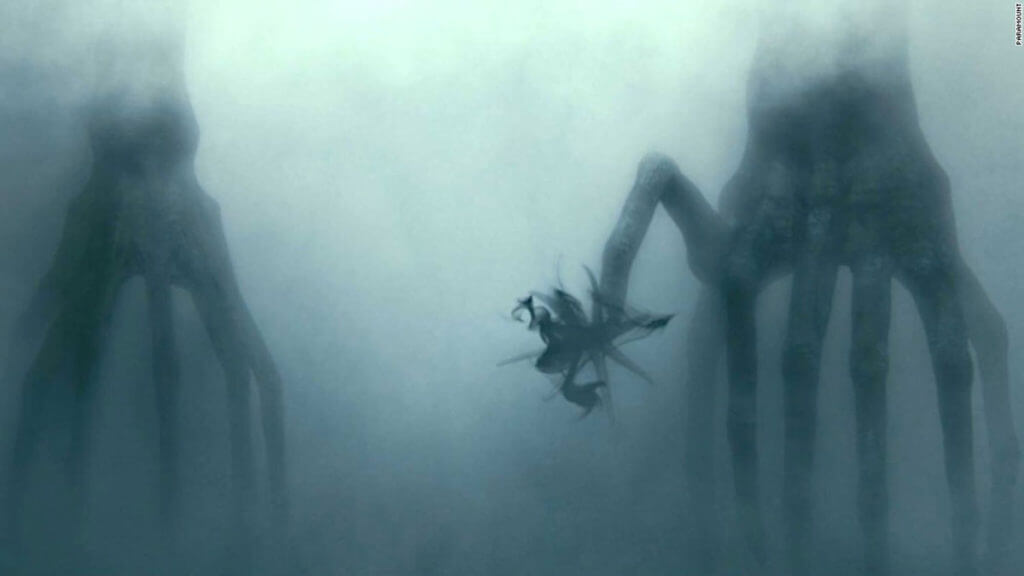Many people in film might tell you that the picture makes up for 100% of the movie. While that’s partially true, those same people probably forget about how important the movie sounds. Picture is 100% of the movie, while sound is the other 100%. That’s right, 200%. If the picture is lacking in any way (cuts, lighting, color, etc.) then the movie won’t be as believable. If the sound is lacking in any way (Foley, sound effects, even music) it, too, won’t be as believable.
Haven’t seen Arrival (2016) yet? Well, go watch it now! But in short, some aliens visit Earth and linguist Dr. Louise Banks tries to learn their language to communicate with them. The spaceship isn’t cheesy like the spaceship in The Day the Earth Stood Still (1951), and neither are the aliens. I can easily say that everything about these aliens were chilling and mysterious.
After finally watching this film, I had to watch the extra footage that is found on the Blu-ray. As an audio nerd, I wanted to watch the behind the scenes since this film won an Oscar for best Sound Editing. With all the work they put into it, they certainly earned the Oscar.
Sound Design: Devices
Let’s start with some of the more everyday sound design. There is a lot of communication through radio, Skype, phone calls, television, recording devices, and much more. In order to make the audio sound as if the person speaking is coming through that device, you would typically alter the EQ. It’s fairly easy to do and doesn’t take up much time. Will it sound believable? Yeah! People do it all the time. But instead, the audio team went the extra mile and re-recorded all of those lines with the real devices. It calls for a lot more time and work, but it was certainly worth it.
Sound Design: Spaceship
On to the more critical part of the sound design: the sound made for the spaceship and aliens. The egg shaped spaceship is made of some sort of sedimentary rock and is dark like obsidian. Upon entering the spaceship, our characters immediately discover that the laws of physics on Earth no longer apply. That goes for the sound too. Later in the film, Amy Adams’ character ends up deeper into the spaceship that is pure white and foggy. Her breaths and voice sound as if she is underwater, or even just stuck in a box. Tech-wise, this is an easy EQ change on her voice. But it makes us believe that the environment she’s currently in is very different than what we’re used to on Earth.
Sound Design: Aliens
The sound for the aliens really gives me that satisfying itch on my nerdy audio brain. Without giving away too much, the sound designers explained that they recorded a few bird chirps and lowered the pitch waaaaay down. Try imagining that for a second. These tiny little birds make a high pitched chirp. By lowering the pitch this will give the illusion of something much larger, as well as altering the time length of how long those chirps are. By the final results, nobody will be able to recognize that those files used to be bird chirps.
The sound designers also explained that since there are two aliens, they gave specific sounds and pitch for each alien. This gives them more character and an understanding to which alien is currently speaking, walking, bursting out weird sounds, and so on.
Recap
I could go on and on about every little thing about the sound design, as well as how chilling the music is. But why take my word for it? Go see the film yourself! Also check out the behind the scenes I’ve mentioned in the video below:
What you see is what you get with picture, but we have an unlimited amount of ideas to what we can do with the sound. The most important thing to remember is making sure that the sound is believable.




